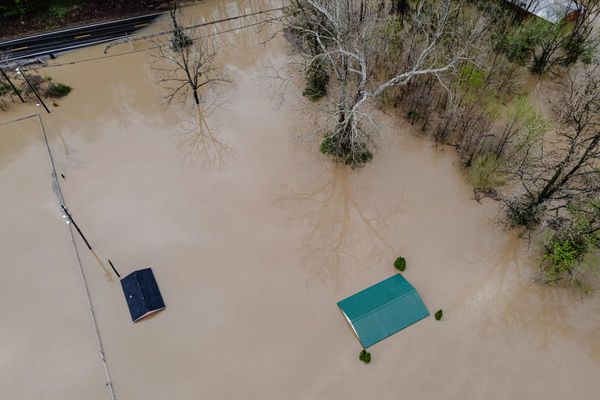
The end of the year is a time for rest, reflection, and hope of a better future, whether for our family and friends, or for the planet we live on. Unfortunately, this year has continued the trend of climate-linked disasters and as the year comes to an end, disturbing news closer to home has surfaced.
Last week, it was reported that a killer disease was ravaging coral reefs in provinces along the coast of the eastern seaboard, namely Chon Buri, Chanthaburi, Trat, Rayong, and even the upper southern coastal part of Prachuap Khiri Khan.
Yellow-band disease, as it has been labelled, had already spread over 1,000 rai of seabed after it was first detected last year off the coast of Sattahip district in Chon Buri's Koh Samae San island. Yellow-band disease is a bacterial infection that causes pale-yellow and white lesions which is representative of damage that eventually starves coral, and can lead to death of entire colonies if left unattended.
It is not the first time coral reefs off the Thai coast have been affected. Previously, coral bleaching -- resulting from the rise in sea temperatures -- has been a problem. Yet most bleached corals heal themselves over time. Yellow-band disease is a new threat and there is no known treatment, as once coral is infected, it will die.
Hence, the only option is to pluck out damaged coral before the disease spreads and causes more damage. The disease was first reported several decades ago and has ravaged coral reefs in the Caribbean. Depending on the type of coral, yellow-band disease spreads at a rate of 1cm-6cm per week. Although the cause of the disease is not known, experts believe land-based pollution or sediment seeping into the sea is a major cause. Once this happens, the sediment blocks sunlight from penetrating the ocean, which is necessary for coral growth.
Unfortunately, efforts by divers from the Royal Thai Navy, the Corals Protection Foundation, Faculty of Marine Technology from Burapha University, and private volunteers to isolate and replenish damaged coral to prevent its spread have not paid dividends.
Coral reefs are large living underwater structures that support over 4,000 species of fish, and provide food and shelter to creatures such as grouper and lobsters, which have a high commercial value. Moreover, coral acts as a buffer that protects the shore from waves that can flood the coasts. Besides supporting marine life, the brightly coloured coral reefs have also helped support humans by creating job opportunities for locals in the form of diving tourism.
Prior to yellow-band disease, coral reefs in the country were already under severe pressure from overfishing, damage from coastal development, marine pollution and climate change, all of which can lead to bleaching and an increased chance of complete coral death.
A survey by the Department of Marine and Costal Resources in 2018 revealed that 37% of all coral reefs in the country were damaged at that time. In response, the government, along with the private sector, has been working hard to raise public awareness of the need for care, and started restoration projects. Some of these methods are innovative, such as the 3D printing of artificial reefs, while others include growing coral on land and then transplanting them back into the ocean.
Some of these man-made reefs are already in place near Koh Larn and Koh Sichang islands, and tests reveal they have been well-accepted by marine life with creatures settling back into their artificial nooks and crannies at a faster rate than seen on conventional reefs. However, it is a costly endeavour and insufficient to reverse large-scale damage. At best, it can help restore small pockets of ailing reefs.
Hence, along with restoration, there needs to be a serious effort by the government and ocean-based industries to prevent damage in the first place. Coastal land development as well as wastewater management must be regulated more strictly, as many builders do not follow guidelines mandating sediment retention zones to prevent soil from flowing into the sea -- which can also harm coral reefs.
The coral reefs not only offer a spectacular sight but are an integral part of the economy, and help maintain local fish stocks that are crucial to the domestic fishing industry. Saving the reefs is not just important for tourism but it also helps to maintain the environment.
Although we cannot control these outbreaks, we should at least make sure our activities do not cause further damage. Here's to hoping for better news for coral reefs in the year ahead.







